
I thought this an appropriate celebratory post for this early Sunday morning but before we get to the remarkable contributions and accomplishments of the two men who will forever be, representative of the Lowcountry Gullah-Geechee Nation, the Reverend Daniel J. Jenkins and Congressmen Robert Smalls, let us quickly reflect on our current state of progress when it comes to the undeniably complicated subject that is, racially based American slavery.
The long overdue expansion of the slavery narrative and the contributions of the Lowcountry Gullah-Geechee community here in Charleston and throughout our United States, has finally and thankfully really begun to pick up steam. There exists many bigger, smaller and seemingly everywhere in between individuals and collectives who are attempting to shed light on an institution that was innately bad, in hopes of sparking something inherently good. The synergy of awareness creation is something a select few have been at for many years and it is they who we all owe a debt of gratitude to, for leading the way.
From my perspective there are two individuals who lead their own unique missions in a way that the conversation begins and ends with here in the Lowcountry and that is Mr. Joseph McGill and his Slave Dwelling Project, and Queen Quet and The Gullah-Geechee Nation.


This is in no way meant with any disrespect to two other individuals who have been doing a wonderful job of increasing awareness of the glory that is Gullah for so many many years, Godfrey Jefferson KHill of Gullah Gullah Tours and Alphonso Brown of Gullah Tours. Both of these men make themselves available with the tours they give on the peninsula every day, to any local or visitor alike, who desires to know more about this incredibly deep and rich history, that is Gullah.

The big question now becomes what do we, as those others who have positioned ourselves to share truths about this horrid institution include and what do we exclude from the conversation?
For the most part the generations of historians, authors and tour operators that have preceded us, have done more excluding than including. As a collective they have tended to shy away from the more realistic and brutal account, of not just the institution of slavery but its largely ignored government sanctioned and legislated continuation and its modern day extensions and fragments.
It is now our responsibility as historians, authors and tour operators, to never exclude again a single truth that we uncover. If something we find is pertinent and compelling to the overall slavery narrative it must be included. We must share everything that we find, regardless of how difficult it may be for the public to receive. The whitewashing of this subject has gone on for far too long and we have proven that marginalizing this collection of subjects has done an infinite amount of more harm than good. It is once and for all time that truth is introduced and a new and uncensored cycle of historically accurate truth is perpetuated.
In order for any accurate representation of our American History to be given, neither the stories of those who were enslaved or the stories of those who were the “enslavers” can be isolated. They must be presented as they were, together and forever intertwined into every inch of their collective fabric.
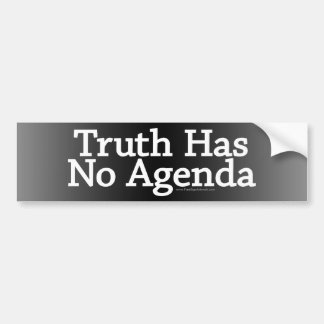
Charleston has on the horizon, the brand new $75 million International African American Museum. The unimaginable responsibility for their now, CEO Michael Boulware Moore and our great former Mayor Joseph Riley, who has spearheaded the project, to get this museum not just historically but humanely correct is mind boggling. This museum is the single most important mission Charleston has ever under taken and it has the potential to be the most important recreational building ever built in our nation.

The IAAM is from my perspective, getting off on the wrong foot because they are beginning a new cycle of misrepresented history even before they have broken ground. The #1 historical assertion that they have made is, that their proposed site, Gadsden’s Wharf is the site where 40% of every enslaved African American who was ever forcibly brought into this country first stepped on “American” soil. Any and every Charlestonian who knows just a wee bit about her history, knows that if this claim has any validity to a specific patch of land or sand in this case, that patch would be on Sullivan’s Island.
 The construction of Gadsden’s Wharf as best as my research has shown, did not begin until 1760, that was some 90 years after the Transatlantic Slave Trade had already begun here in Charleston. The wharf was not completed and fully operational until many years after that. The statistics and the historical truths do, most certainly support Gadsden’s Wharf being the “epicenter” of the slave trade here in Charleston for the last 25 years of its existence, between 1783 and 1808, unfortunately that note worthy activity still makes it a mathematical impossibility that 40% of those who were ever forcibly brought to this country passed through Gadsden’s Wharf in the 25 years that the wharf was operational before the slave trade was made illegal.
The construction of Gadsden’s Wharf as best as my research has shown, did not begin until 1760, that was some 90 years after the Transatlantic Slave Trade had already begun here in Charleston. The wharf was not completed and fully operational until many years after that. The statistics and the historical truths do, most certainly support Gadsden’s Wharf being the “epicenter” of the slave trade here in Charleston for the last 25 years of its existence, between 1783 and 1808, unfortunately that note worthy activity still makes it a mathematical impossibility that 40% of those who were ever forcibly brought to this country passed through Gadsden’s Wharf in the 25 years that the wharf was operational before the slave trade was made illegal.
Our 500 page City of Charleston Tour Guide Training Manual also makes no individual distinction that Gadsden’s Wharf was any different or busier than any of the other numerous bustling wharves we had in operation then. That manual clearly credits Sullivan’s Island with those brutal statistics that the IAAM is now claiming for Gadsden’s Wharf.
I have reached out on numerous occasions over the last week and asked the IAAM for the documentation that supports their primary claim, their secondary statistical claim has virtually no mathematical merit to it either but we will leave a more detailed explanation of that, for another post if need be. They have chosen to not respond and I am beginning to feel like Bobby Brown.

I have tried to give both their CEO Michael Boulware Moore and his fellow board of directors member, Mr. Antonio Tillis the courtesy of asking each the question even though I know or believe that this documentation does not exists. The truth in history simply does not support their claims. The only reason why I singled out these two men, outside of their obvious status within the IAAM is because they are the two who I have recently witnessed on a Facebook video, confidently stating these exact and completely unverifiable statistics.
Do not fret, at some point in the very near future if they continue to exaggerate these claims and this subject, that if there is any place in our United States of America, that this subject never needs embellishing, it is here on the Charleston peninsula, we will shed light on this in a much more aggressive manor.

So now let us please celebrate two more that will always be Lowcountry Gullah. Today we will use an excerpt from the Historic Charleston Walking Tour, King Cotton, Slavery and the Planter Aristocracy to put names and faces to two men, that were somehow able to persevere through all the oppression they were forced to endure and ultimately positively impact their surroundings in a way that has been everlasting.

It is for that reason we come to this magnificent albeit now, somewhat deteriorating church building, New Tabernacle Fourth Baptist Church. The church was originally built in the shape of a Greek Cross between 1859-1862, as St. Luke’s Episcopal Church.
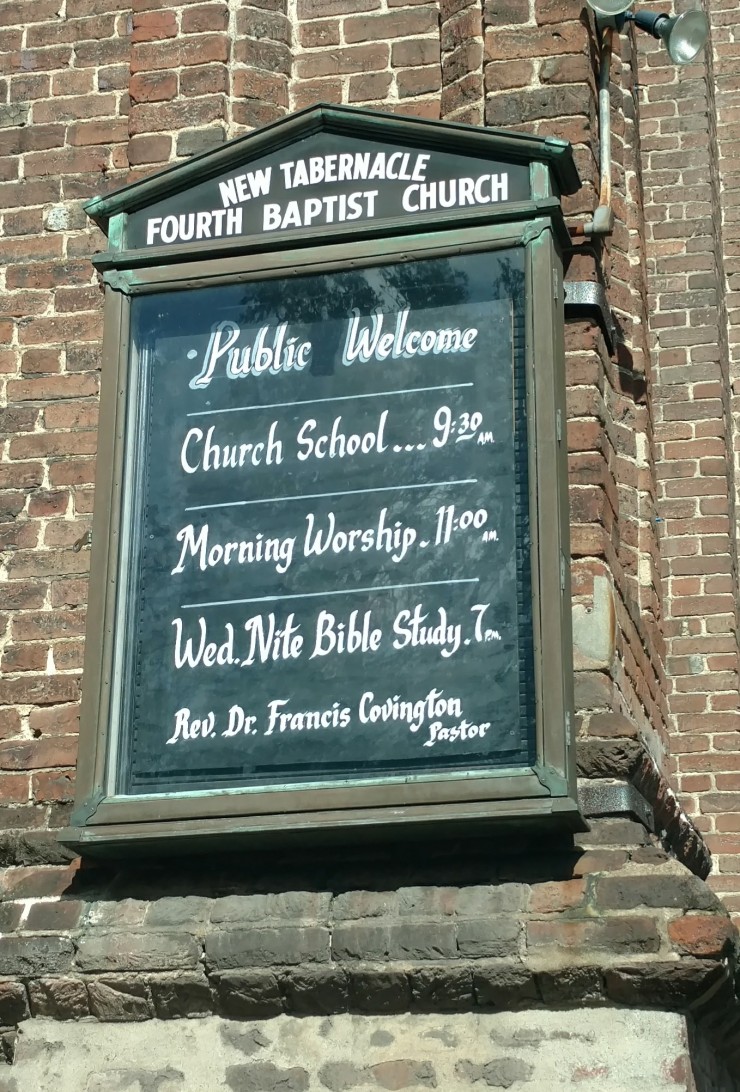
New Tabernacle Fourth Baptist like so many of Charleston’s churches and buildings, stands today as a testament in survival. The congregation originally founded towards the end of Federal Reconstruction in 1875, purchased the property in 1950. The congregation has suffered recently and has been attempting to sell the property for years, originally putting it on the market in 1999. The problem is nobody wants to buy it and use it as a church. The city along with our Board of Architectural Review, will not allow it to be converted into any type of living space because of its historical significance.
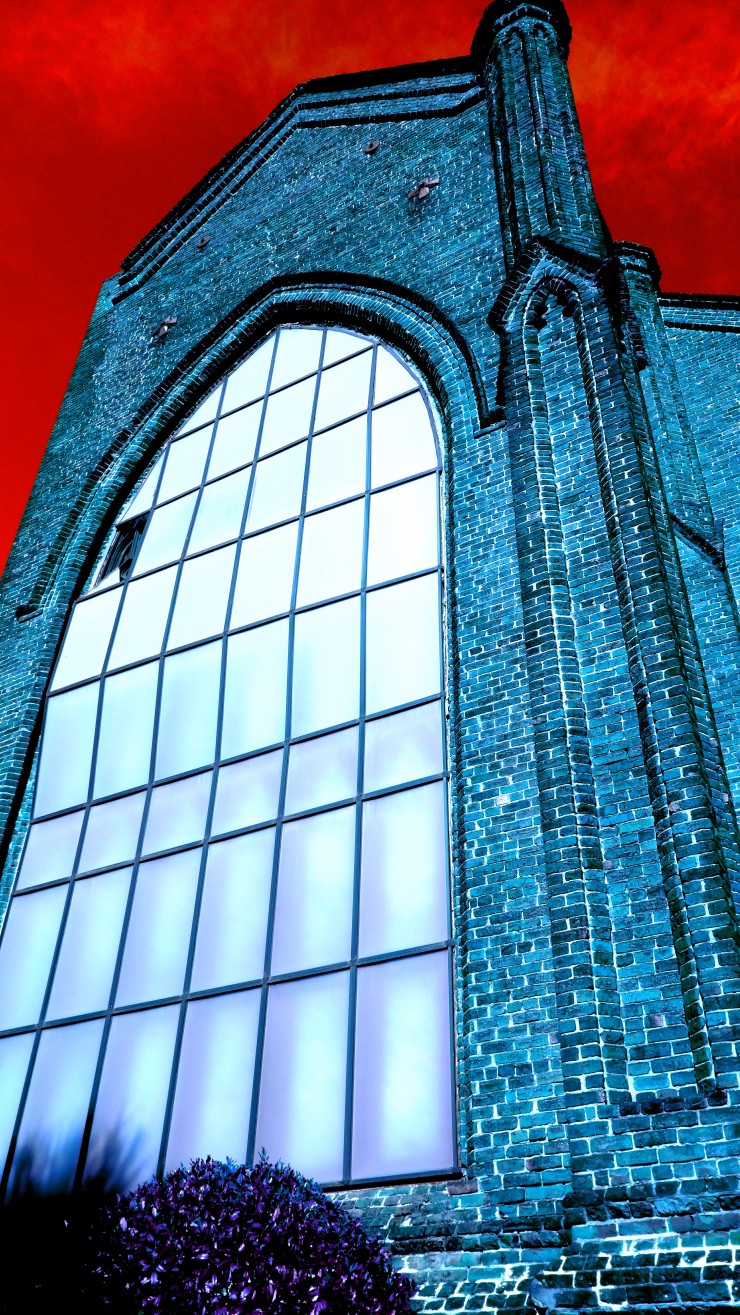
The church is once again on the market today and the asking price is $4.25 million. The cost to maintain the property has been a burden for the dwindling congregation for some time. The primary cause of the decreasing congregation is a term being used more and more in our modern day called “gentrification”.

Over the course of the last 40 years the peninsula’s black population has been reduced from 70% to 29% and this trend is not slowing. So many of the homes in this neighborhood and throughout this city were once occupied by African Americans. Today this is most definitely not the case. This is a hot topic item and one we will have a closer look at a little later in our walk.
The South Carolina Tabernacle Baptist congregation enables us to introduce you to two remarkable men whose influence and contributions represent the Charleston Gullah-Geechee Community in a wonderful way. The stories of the Reverend Daniel Jenkins and Congressmen Robert Smalls could not have been imagined by the most creative fiction writers but alas their stories were real and they happened right here.


The man for whom Charleston’s New Tabernacle Fourth Baptist is world famous for is Daniel J. Jenkins. Mr Jenkins began his life as a slave and after he was freed, Mr. Jenkins lived the life of a laborer and a sharecropper but he would not be either for long.
Mr. Jenkins ascent began on an extremely cold Charleston day at the local rail road yard when he comes across four young boys huddled inside an empty box car. He asks them why their parents had left them out in the cold? The boys explain to him that they have simply been abandoned there and have no where else to go. Mr. Jenkins, despite the fact that he had children and a wife of his own with barely enough money to get by, brought those four boys home and gave them the shelter they needed. Not only did he provide them with food and shelter, Mr. Jenkins even more importantly provided the boys with love and support.
That singular act of charity would turn into the advent of an enterprise with achievements that were so far reaching that his mission continues on to this very day.

Mr. Jenkins most certainly believed that this meeting was not a coincidence. He believed he had been chosen, chosen by God to tend to the thousands of unwanted black children who had been cast aside and excluded from Charleston’s “public” health care system.
Jim Crow knew no boundary when it came to the segregation it imposed. This southern version of Apartheid went far beyond water fountains, restrooms and buses. Philanthropy, health care, feeding of the poor and education were all included under the racist umbrella of Jim Crow.
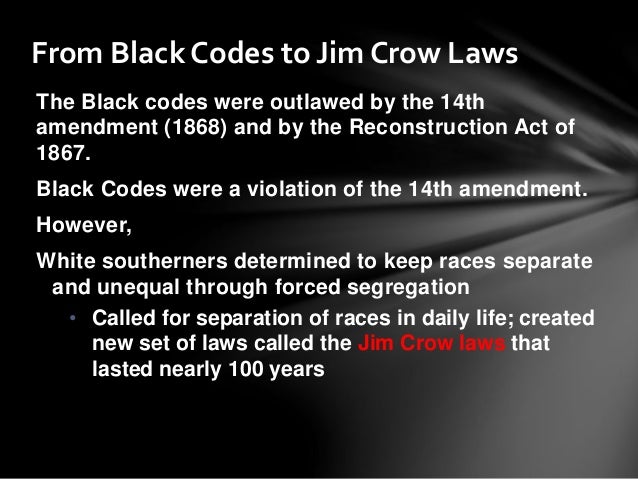
Within a year of becoming the Pastor of this New Tabernacle Fourth Baptist, the now Reverend Daniel J. Jenkins was able to somehow by the grace of God, secure a charter from the state in order to start an orphan aid society. This was truly a miracle especially when you understand the social climate of that day. Mr. Jenkins slyly prayed on the states fear that they wouldn’t want all these boys running around the streets of Charleston unsupervised and causing trouble.
The first building that housed the orphanage amounted to no more than a shed on upper King St. The Reverend Jenkins received virtually no financial assistance from the city or the state but the Reverend had his state charter and even more importantly he had his vocation and vision. The Reverend Jenkins, affectionately known as “Parson”, was a well spoken and imposing man with striking features. He was able to use his strong and charismatic presence to convince the Medical University of South Carolina to give him the vacant Old Marine Hospital on Franklin St.

The Old Marine Hospital was run down then and not in the best area of town, it stood adjacent to the still then in operation Old City Jail but the Reverend Jenkins did not mind. He was able to use his surroundings and credited the never ending moans and cries that emanated from that intimidating building, with reinforcing his warning to his children to always stay on the straight and narrow. The orphanage was soon thriving and had an enrollment of more than 500, of what the Reverend Jenkins referred to as his “Black Lambs” in his care.

The instrument of the orphanages financial success was music. Reverend Jenkins hired two music teachers and organized a dozen or so of his boys and formed a band. They rather quickly became proficient with each member learning how to play each instrument. Jenkins took them to the streets of Charleston to a resounding reception and once the concert was complete Jenkins would solicit the crowd for donations, most of the time receiving enough money to feed his children for a week.

The Reverend Jenkins knew how to market the band and their “ragtag” music. Often times he would have the smallest boy as band leader, conducting in an overgrown uniform with a hat three sizes to big and a baton longer than his arm. The Charleston crowds loved it and “like Mama from heaven, coins and bills fell from the sky” Jenkins used to say.

Eventually the Reverend Jenkins took his band on the road, up and down the eastern seaboard and their popularity skyrocketed, as did the proceeds. Jenkins would soon have two bands performing simultaneously and later as many as five bands, all playing to large and captive audiences wherever they went.
As they became more renowned they started to play Harlem nightclubs like “Connie’s Inn” and the “Cotton Club”. At these gigs they would come out and start doing a Gullah or Geechee dance. The audience would go crazy and shout “hey Charleston!, do that Geechee Dance!” They took the New York audience by storm, including so many of their fellow musicians.

From there famed pianist James Johnson created 8 or so of these Geechee tunes and one in particular became wildly popular with white audiences throughout the country. It was known simply as “Charleston” and “doing the Charleston” became the iconic dance of the roaring twenties.

The Jenkins Orphanage Band reigned supreme for years, performing all the way up until the 1980’s. They played for numerous Presidents, European royalty when they toured abroad and before enthralled audiences in Paris, London, Rome, Berlin and Vienna.

Many members of the former Jenkin’s Bands became legendary figures in jazz and influenced and played with the proverbial who’s who of the greatest jazz musicians and band leaders of their day including Lionel Hampton, Count Basie, Duke Ellington, Dizzy Gilllespie and a man from my neighborhood in Jackson Heights, Louie Armstrong just to name a few.



The Jenkin’s Orphanage has now once again been resurrected as the Jenkin’s Institute in North Charleston with their mission being to tend to and care for pregnant and destitute mothers and their babies.
All this good started some 100 years ago with one man, this man, “the Parson”, Reverend Daniel J. Jenkins. Thank you Reverend Jenkins! Certainly the incredible life this man led, former pastor of New Tabernacle Fourth Baptist, is deserving of a statue in the middle of our great city. Do you not agree?
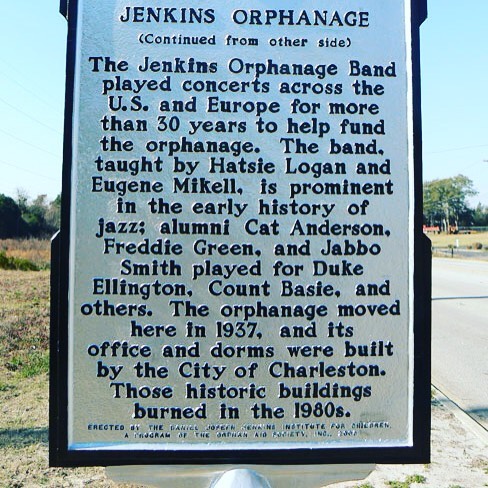
The other man we happily pay homage to today, has a story that rivals the amazing life of Reverend Jenkins. Unites States Congressman Robert Smalls is laid to rest in the graveyard at Tabernacle Baptist in Beaufort but his incredible story really begins right here in the middle of Charleston Harbor smack dab in the middle of our nation’s Civil War.

Mr. Robert Smalls was too, born a Gullah Slave. The knowledge and skill he possessed quickly allowed him to work his way up the ranks and become a respected ship’s Pilot, as part of the Confederate Navy. Mr. Smalls however was not sympathetic to the cause, he was only biding his time. That time came on May 13th 1862 when he pulled off one of the greatest “heists” in American War History.
On that very dark early morning Mr. Smalls commandeered the ship he was assigned to protect, the CSS Planter. Pilot Smalls than heroically sailed it through the heavily guarded Charleston Harbor and eventually surrendered it to the Union Navy. That is the simple version. What his plan actually accomplished seemingly comes put of the greatest James Bond movie.

Mr. Smalls escape plan was so expertly crafted that he not only freed himself and the ship. He freed his family, his seven fellow enslaved crewman and their families as well. Mr. Smalls disguised himself in a Captain’s uniform right down to the straw hat. He sailed with his crew from the wharf in which the CSS Planter was docked, to another up river to pick up their families. He then had to painstakingly maneuver past 5 different heavily armed Confederate forts each time giving the appropriate signal to the watchmen. Not only did he have to navigate past these five checkpoints, he had to deal with the extremely difficult tides of Charleston Harbor and maneuver himself around the numerous torpedoes and mines that lined the harbor, any of which could have disintegrated the CSS Planter.

Mr. Smalls mission was a remarkable success and it was celebrated in a triumphant fashion in the Northern United States and as you can easily imagine it was considered an utter embarrassment to Charleston and the Confederacy. Mr. Smalls not only rewarded the Union Navy with an extremely valuable vessel, this ship was filled with heavy guns, ammunition and the Captain’s secret command book.
This book proved to be an incredible asset as well because it not only provided the Union with the secret codes but it contained the maps that indicated the positions of the mines and torpedoes that lined the harbor. The most important information the Union gained was what existed in Robert Smalls mind. He was able to provide military intelligence on not only the shear numbers of troops the Confederacy had but he was able to give the Union their exact locations.

If Mr. Small’s accomplishments ended there, that would have been enough for him to forever be remembered but his determination to positively influence his present condition was only getting started. He went to Washington D.C. and met with Edwin Stanton, Lincoln’s then Secretary of War. Once there Mr. Smalls was able to help convince Stanton and President Lincoln to permit black men to enlist in the Union Army and Navy. Smalls returned to South Carolina and all told, he was involved in 17 major battles and engagements in the Civil War “Piloting” numerous Union Naval Warships.

After the war ended Smalls began his political activism and was elected to the United States House of Representatives. As a congressman he authored legislature providing for S.C. to have the first free and compulsory public school system in the U.S. Unfortunately those politicians that followed Smalls lead did not share his vision and passion for free and public education because S.C. has continually ranked at or near the bottom in this category almost every year.

Two politicians that Smalls did lose elections to are men that we have covered earlier, namely Wade Hampton and Ben Pitchfork Tillman’s brother George. Robert Smalls, I am sure did have the last laugh and exacted revenge when he purchased the home of his former Slave Master. This man later sued Smalls to get his home back but Smalls won that case in a court of law and I am sure he had a big smile on his face that day.

Mr. Robert Smalls would go on to a successful business career as a publisher and a transportation innovator. The marker that commemorates him in Beaufort carries an exceptional message “My race needs no special defense, for the past history of them…proves them to be equal of any people anywhere. All they need is an equal chance at the battle of life”.


Thank you Congressmen Smalls and Thank you Reverend Jenkins!


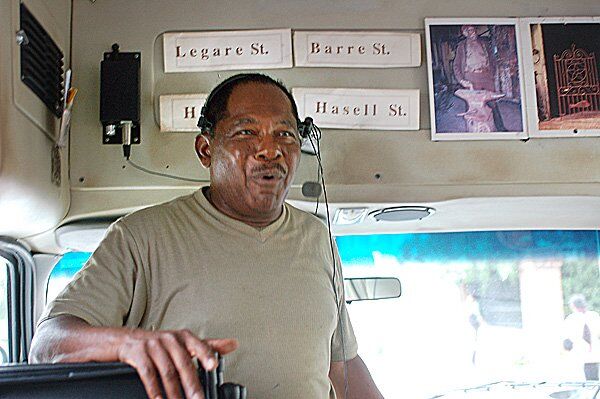
There are no “positives” of slavery. Further, no one has urged the International African American Museum to focus on this. The IAAM intends to tell the truth about history.
LikeLiked by 1 person
Yes sir!…Thank you for the comment!
LikeLike
But a certain local Author R.R. who you just read posted exactly this “that’s right just keep focusing on the positives”
LikeLike